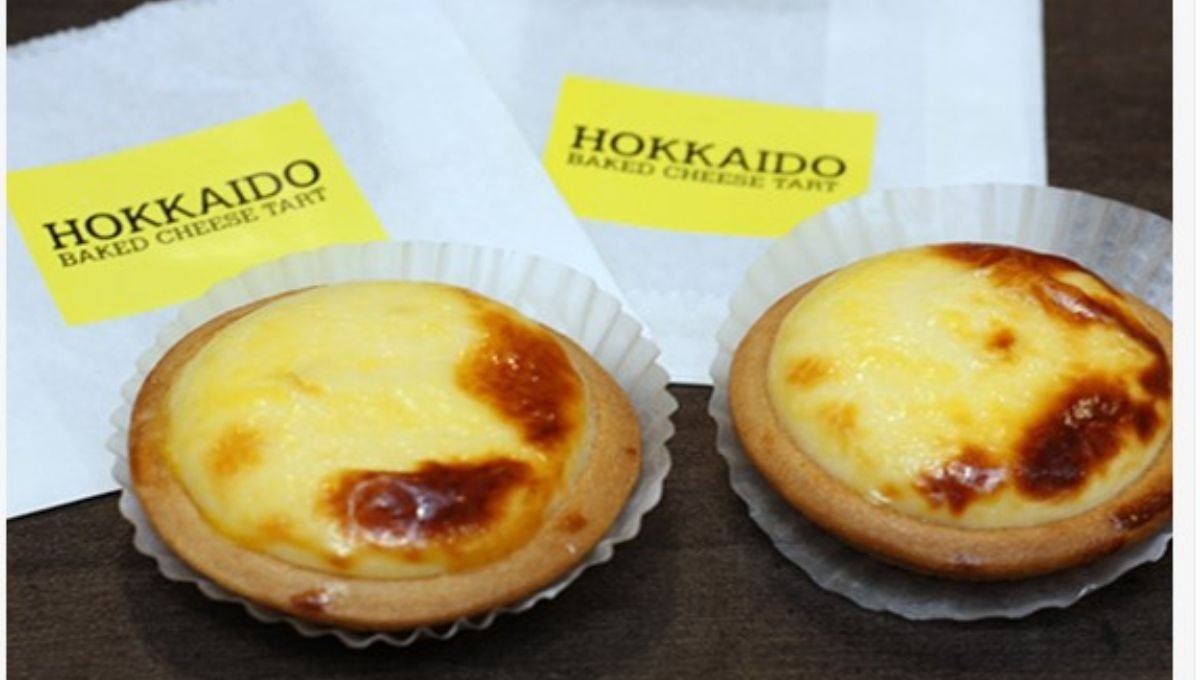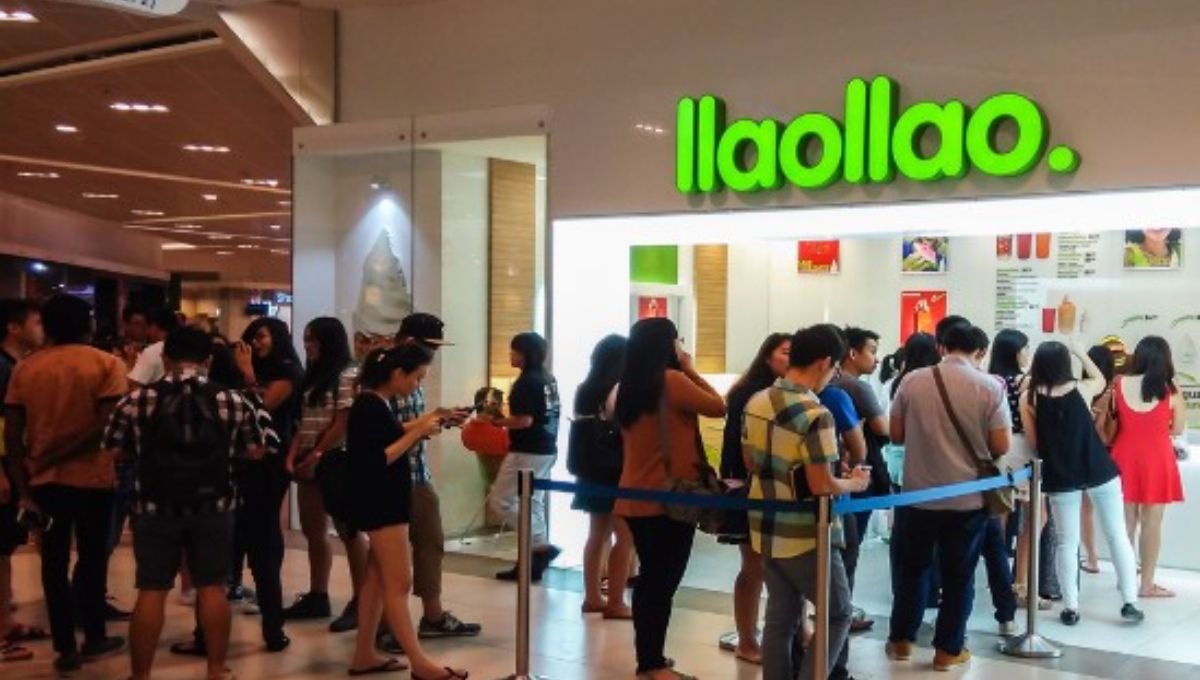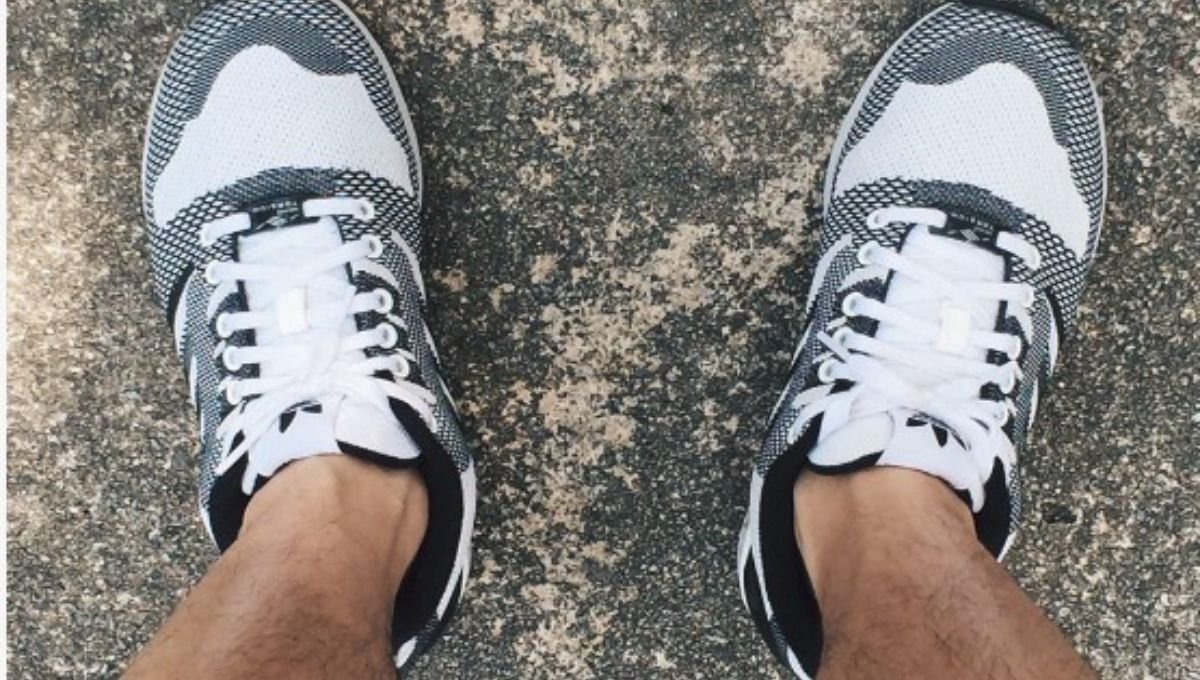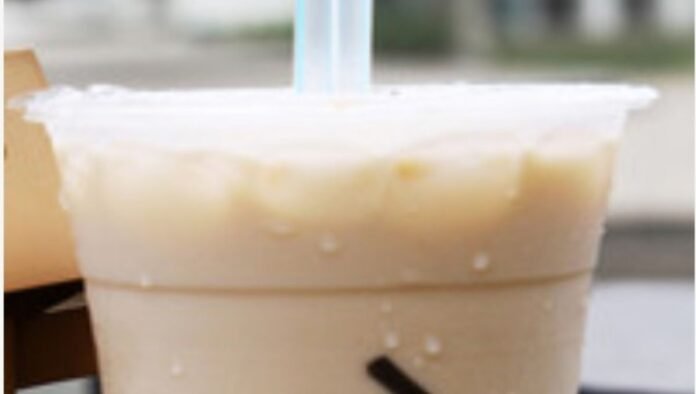Has this generation become a slave to trends?
Scroll through Instagram and one is often deluged with images that leave a pang of desire to rival a slimming wallet. A prominent conduit for sharing, social media draws alarming numbers of people into the web of consumerism and trend-chasing.
While trends come and go, Ms Sarah Mangelsdorf, a school counselor, said that “there’s always been trends” and that the phenomenon of trend-chasing is more pronounced these days as media has provided youths greater accessibility to trends and influences.
With the heightened presence of social media, enticing pictures endorsing trends are a mere tap away, so youths easily find themselves bombarded with the temptation to follow suit.
A survey done by HYPE brought to light that 83.7% of respondents find out about trends through social media. In fact, many contribute to the loyal following of local YouTubers, Instagram models and bloggers such as Naomi Neo, XiaXue and Bong Qiu Qiu. With millions of subscribers, internationally renowned style icons such as Michelle Phan, Maddi Bragg, Jenn Im and Zoella are also popular among youths.
A keen follower of Singaporean YouTubers and bloggers, student Isabel Neo, 19, said, “I think that as youths try to find their personal identity and slowly find themselves, they tend to follow trends to fit in and make themselves feel part of a community.”
The survey also revealed some trends youths are following these days – food trends such as salted egg yolk, cheese tarts and froyo [a term coined from frozen yoghurt]; and fashion trends including bomber jackets [imitated after jackets originally intended for military pilots], baseball caps and branded sports shoes such as Nike Roshes and Adidas Superstars are widely popular.
Here’s a video to show the media influences and consumption habits of teens, from online behavior to culture, lifestyle:

Bad Trends
While many are of the view that this generation takes trend-chasing to a whole new level, it’s interesting to note that the tendency of youths to follow trends has always been around.
Ms Mangelsdorf also mentioned that, “Following trends is in their nature; it’s always been something attractive youths wanted, for example, yo-yos back in the 1900s – all of them are trends.”
Over time, the desire for yo-yos grew to the latest iPhones and under the temptations of media, youths are credulously influenced by celebrities and advertising. As a result, they feel increasingly compelled to have the newest, trendiest items to fit in with their peers.
“With the influx of the internet, things are much faster, you begin to see what’s the latest trends. You get much more information at your fingertips,” said Ms Suki Tong, a child and adolescent psychologist, on the attributing phenomenon of trend-chasing to the accessibility of media.

Ms Mangelsdorf added, “There’s always been a pressure on youths to keep up to date with trends, but now there’s the influence of social media, and everyone wants to look good on social media… You only post the times when you look fantastic on social media.”
With more youths having an unhealthy obsession to look good in front of their peers, Ms Tong advises youths to be careful about the trends they are following, Listing examples such as taking dangerous, life-threatening selfies and unhealthy weight loss as trends youths should ponder over.
She also added, “In the long term, if you follow this kind of trends, it can be very unhealthy. The trends will always be there – it’s how you use the trends to your advantage that helps to build you up as a person. Or, you can be a slave to trends.”
A former slave to gaming, student, Nicholas Wah, 20, confessed, “I’ve accumulated over 3,000 hours of gaming on my STEAM account for about 3 years. It was so bad that all I did when I got home from school was game and I would only get up from my seat for meals and showers.”
He added, “I really regret it now. For years, I stopped going out with my friends and became very isolated.”
Good Trends
However, following trends might not necessarily be a bad thing, it’s what and how you follow them.
A potential healthy trend that could arise from social media could be volunteerism. Ms Lau Ee Min, 22, co-founder or an inclusive arts social enterprise, Project Ubuntu, said, “Social media is a convenient platform to share stories and information like societal issues, volunteering programs to gain the youths’ interests.”
“In the past, I remember it (volunteering) as a bobian [Hokkien term meaning ‘no choice’] thing,” she said, laughing. “But now what started out as an obligation, has become a trendy and cool activity for youths, thanks to the digital age!”
It all boils down to choice – to be a slave to trends or to set your own trends.
Food Trends in Singapore:
Home to a melting pot of cuisines and flavours, Singaporeans have a voracious appetite and it comes as no surprise that Singapore has witnessed waves of food trends; from bubble tea that fizzled out over the decade to the aesthetically pleasing desserts of today.
In recent years, artisan bakeries, café, bistros and restaurants have witnessed long snaking lines as more youths jump on the bandwagon of finding food worthy of gracing their Instagram pages.
These delectable treats often come with a hefty price tag attached.
A bowl of bingsu, a popular Korean dessert comprising shaved ice and various toppings, can easily set you back $15.
While youths may not have the spending power to splurge on such indulgences, many find themselves following these trends despite the price.
Finding it hard to spend less than $10 on a meal, pre-university student, Melanie Ho, 20, struggles to resist the temptation of “luxury food and beverage items” such as froyo and Starbucks coffee. Melanie’s primary weakness is bingsu, a trend she pursued after seeing the hype on social media.
Besides being expensive, these popular treats also cost you time waiting in queues. Exploding in popularity in 2014, the Spanish froyo brand, Llao Llao saw long queues as many salivated over its sweet goodness. Fast forward a few months and the hype has fuelled the spawning of 25 outlets over the island.
Similarly, in early 2016, adoring fans of Hokkaido’s BAKE cheese tarts willingly queued up to three hours just to get a taste of the famous crisp pastry.
Themed cafés such as the Hello Kitty and Pokémon Cafés also saw fans queuing for hours.
Ms Lai Sau Kuen, spokesperson of Singapore’s pop-up Pokémon Café, said, “Based on the interest that was generated on social media before the opening, we believed that response would be positive because there seemed to be a demand in Singapore for character or theme cafes.”
Despite the popularity surge caused by social media, many of these treats remain fads that die out after a while, such as the ones for Llao Llao and Shibuya Thick Toast. Trends change like the weather – it’s anybody’s guess how long these food fads will last.
Shopping Trends in Singapore:
From Topshop’s recent partnership with Kendall and Kylie Jenner for a swimwear collection to Kanye West’s Yeezy Boost line in collaboration with Adidas, it’s no secret that brands endorsed by celebrities are coveted by youths.
Some fashion trends have been around for some time, but recently spiked in popularity due to the influence of celebrities, such as the curved brim baseball caps which used to be fashionable back in the ‘90s. Celebrities Rihanna, Gigi Hadid and even Korean actor Song Joong-ki have thrust the old style back into the spotlight, causing it to be all the rage lately.
Student Lee Jia Cai, 18, finds himself jumping on the bandwagon of caps, ascribing the influence to the media and friends. “Just a few years back, I didn’t even like wearing caps, but because of what you see in the media, and seeing what your friends wear, you kind of follow along,” he says. A shoe fanatic, he also owns more than 20 pairs of shoes, most of which are from his favourite brand, Adidas.

His most expensive pair, the highly sought after Adidas Ultra Boost, set him back $329, but he justifies it by saying, “It may be super expensive but the comfort and quality is really good.”
On the other end of the fashion spectrum, the influx of beauty gurus on YouTube flaunting their collection of make-up products has a huge influence on their young followers. Daphne Au, 19, a student, gleans most of her make-up knowledge from beauty YouTubers such as Maddi Bragg, Nathalie Paris and Jenn Im.
She shared with HYPE, “I use a lot of make-up from brands like Tarte, Nars and Benefit, or even Korean brands like Innisfree after recommendations from YouTubers and friends.”
As trends die out, will these youths continue using the items they once adore?
While Jia Cai still keeps his 20-odd pairs of shoes, he admits not wearing most of them anymore. Although he tries to pay for most of his expenses by taking on event-based jobs, his parents chip in when he runs low on funds. With a sheepish smile, he said, “To be honest, I don’t think I can keep up with this level of spending in future, so I’m trying to cut down now. I’m probably going to sell off the items that I’m not using anymore.”
Daphne, on the other hand, is planning to make full use of the items she’s bought while following trends. She mentioned, “Even though I like trends, I will only splurge on things I know I will use it, ’cause it’s a waste to throw aside a product just because the trend has died.”
While it’s evident that fashion trends are hardly going to die out soon, one thing is certain – youths aren’t likely to be able to keep up with this level of spending in the long run.

